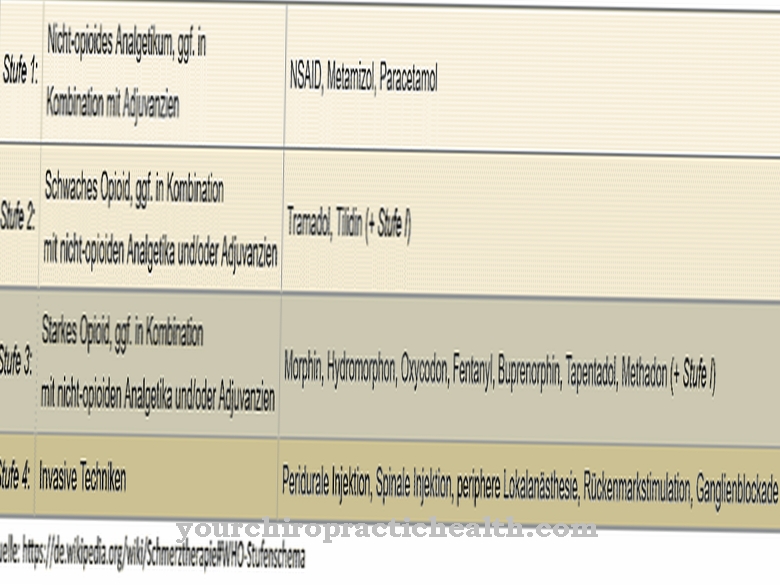Atosiban belongs to the group of tocolytics. As an oxytocin antagonist, it inhibits labor and is prescribed to prevent premature delivery. The prescription drug is given by injection and intravenous infusion.
What is Atosiban?

The contraceptive atosiban is used in obstetric medicine and is intended to help prevent the risk of premature birth during pregnancy. It is an ocytoxin antagonist from the group of tocolytics, which inhibits the effect of the two hormones oxytocin and vasopressin.
The colorless, clear liquid is given as a solution for injection and intravenous infusion. One vial of atosiban contains 5 ml of solution.
Clearly certain requirements must be met for the administration of atosiban. The prescription drug should only be used under the supervision of a healthcare professional.
Pharmacological effect
Atosiban is a synthetic structural analogue of the neuropeptide oxytocin present in the organism. As a competitive oxytocin antagonist, the drug acts on the oxytocin receptors in the myometrium.
It also binds to the vasopressin V1a receptor and thus inhibits the effects of vasopressin. Here, the release of Ca2 + ions from intracellular stores in the sarcoplasmic reticulum is inhibited.
Blocking the flow of Ca2 + ions into the myometrium cell inhibits the intracellular increase in Ca2 + required for uterine contraction. The level of inhibition of uterine contractions depends on the dose of atosiban administered.
After the atosiban binds, as described, and its labor-inhibiting effect, the frequency of contraction and the tone of the uterine muscles decrease and the uterus is immobilized. The recommended dose of atosiban can immobilize the uterus for up to twelve hours.
Medical application & use
Around two thirds of all premature births are caused by premature labor, premature rupture of the bladder or cervical insufficiency. Atosiban is used for premature labor.
Certain criteria must be present for the administration of atosiban, namely: Regular contractions of the uterus lasting at least 30 seconds and with a frequency of more than four contractions within 30 minutes; opened cervix to a width of one to three centimeters (zero to three centimeters for first-time mothers); Cervical lapse of more than 50% within the 24th to 33rd completed week of pregnancy; Pregnant women over 18 years; Fetus with regular heart rate.
Atosiban requires a prescription and is given in the hospital by a doctor, midwife, or other healthcare professional. The doctor determines the dose.
The drug is administered intravenously in three consecutive steps: The first injection is given slowly into the vein over a period of over a minute. The recommended dose is 6.75 mg in 0.9 ml. The agent then runs as a continuous infusion via a drip for over three hours. The recommended hourly dose is 18 mg. A reduced dose of atosiban of the recommended 6 mg hourly follows for a maximum of 45 hours or until the uterine contractions have subsided. There should be no more than three repetitions of the treatment per pregnancy.
Atosiban is contraindicated in certain diseases or conditions, as can be seen in this overview: Allergy to drug components; outside the 24th to 33rd week of pregnancy; Rupture of the amniotic sac; irregular heart rate of the fetus; Vaginal bleeding; Eclampsia or severe preeclampsia; Uterine infection; loose placenta or placenta obscuring the birth canal; deceased fetus; risky continuation of pregnancy.
Risks & side effects
Various side effects can occur with the use of atosiban. Individual disorders such as dizziness, nausea, vomiting, headaches and hot flashes were observed. In addition, an increased heart rate, decreased blood pressure, increased blood sugar levels and reactions at the injection site could occur. Occasionally there was a rash, itching, fever, or insomnia. Atosiban should only be used after a detailed medical consultation.



























